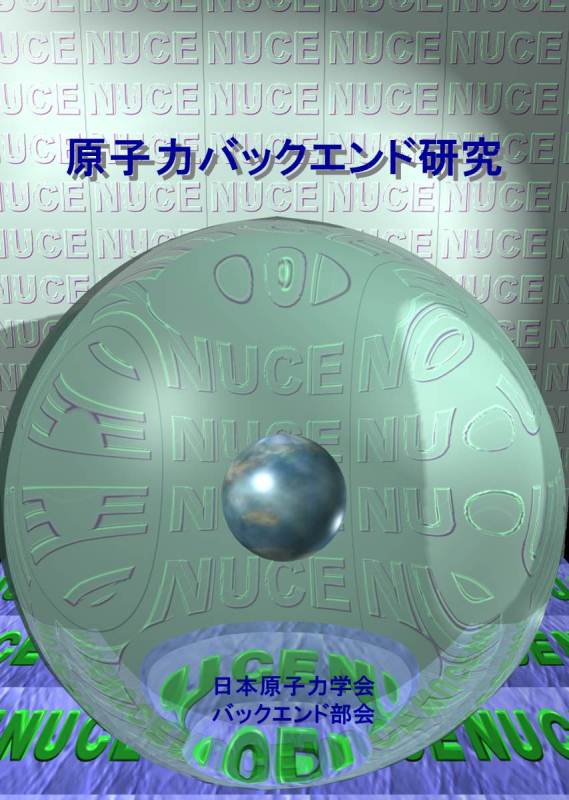
- Issue 2 Pages 61-
- Issue 1 Pages 3-
- |<
- <
- 1
- >
- >|
-
Masaki TAKEDA, Eiichi ISHII, Hirokazu OHNO, Satoshi KAWATE2018Volume 25Issue 1 Pages 3-14
Published: June 01, 2018
Released on J-STAGE: July 04, 2018
JOURNAL FREE ACCESSFault zones and excavation damaged zones have the potential to act as flow paths, and the characterization of solute transport in such zones in mudstones is important for the safe geological disposal of radioactive waste. However, few in situ tracer migration tests have been conducted on fractures in mudstones. The Japan Atomic Energy Agency has conducted in situ tracer migration experiments using uranine, which is a non-sorbing tracer, for fractures in siliceous mudstone of the Wakkanai Formation. In the tests, preliminary hydrogeological investigations were performed to evaluate in situ groundwater flow in fractures, taking into account the presence of dissolved methane and carbon dioxide in the pressurized environment. These gases are degassed by pressure release due to tunnel excavation and borehole drilling. Subsequently, the test conditions were evaluated, and 18 experiments were conducted under various conditions, which resulted in tracer recovery ratios of ca. 60 % to 80%. Large injection flow rates as compared with pumping flow rates were utilized to reduce the effects of degassing in the groundwater, which is a common problem in mudstone formations. However, these large injection flow rates sometimes led to multiple peaks in the breakthrough curves and generally reduced the recovery ratios. Therefore, an injection flow rate that is slightly higher than the pumping flow rate is ideal for tracer migration experiments involving injection and pumping, as conducted in this study. In situ tracer migration experiments involving injection and pumping conducted in a groundwater environment with dissolved gases allow empirical evaluation of the relationship of the tracer recovery ratio and the groundwater degassing with the injection and pumping flow rate ratio. This evaluation is effective for the design of experimental conditions that account for degassing and ensure high levels of tracer recovery.
View full abstractDownload PDF (2147K)
-
Shinya NAGASAKI, Minha HA, Andrew WALKER, Justin RIDDOCH2018Volume 25Issue 1 Pages 15-20
Published: June 01, 2018
Released on J-STAGE: July 04, 2018
JOURNAL FREE ACCESSAccording to a public opinion research for Canadians on the use of nuclear energy, it was reported that more than half of Ontarians supported the nuclear energy even after the Fukushima accident. Municipalities in Ontario are also candidates for final repository sites of low and intermediate level radioactive waste and spent fuel. In this study, we interviewed Canadians, mainly Ontarians, considered the background factors on why Ontarian support the use of nuclear energy, and extracted six factors.
View full abstractDownload PDF (562K)
- |<
- <
- 1
- >
- >|